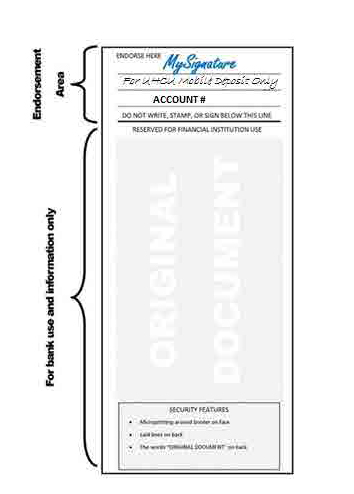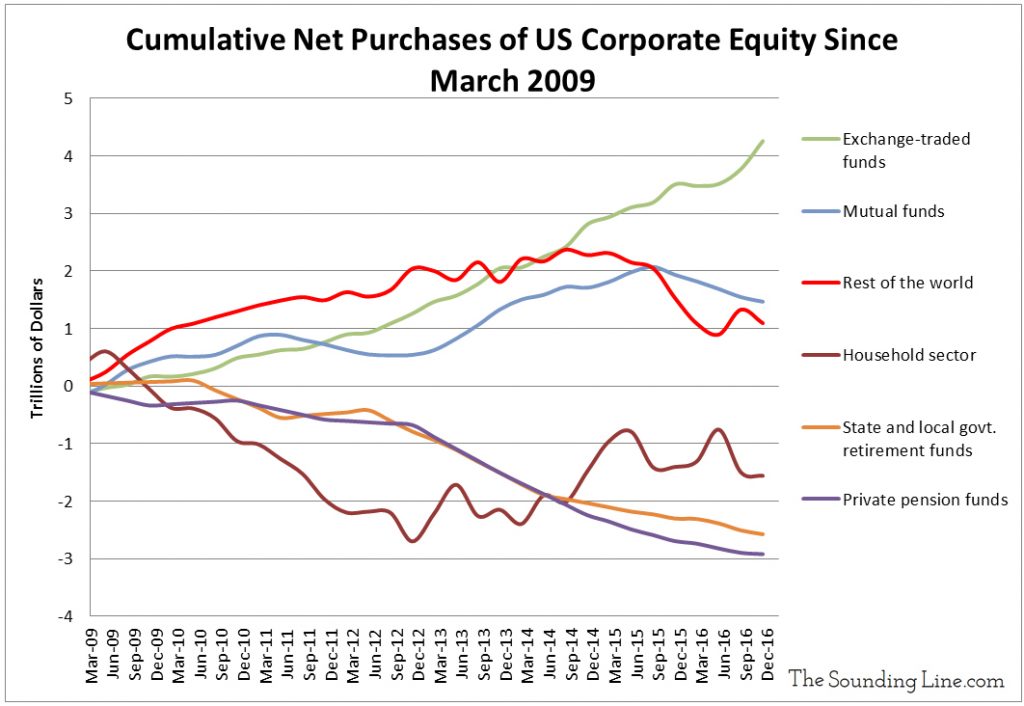This will help you create professional graphs and charts in Excel for both internal and external deliverables. If you’ve created Excel graphs and charts as part of an external client deliverable, we recommend formatting them into your client’s branding. For information pertaining to the registration status of 11 Financial, please contact the state securities regulators for those states in which 11 Financial maintains a registration filing.
If you need to show how different subcategories of data form a larger category, you can use a pie chart, a stacked column chart, or a stacked area chart. These give users a good visual idea of how the different pieces compare to one another along with the totals. For example, a company may decide to code assets from 100 to 199, liabilities from 200 to 299, equity from 300 to 399, and so forth.
Great! The Financial Professional Will Get Back To You Soon.
- A chart of accounts, or COA, is a list of all your company’s accounts, together in one place, that is a part of your business’s general ledger.
- That means that balance sheet accounts are listed first and are followed by accounts in the income statement.
- In conclusion, graphs are indispensable in accounting and finance for presenting data in an easily digestible format.
- However, if your second axis is overcomplicating your Excel charts for your final deliverable, it’s good to know how to remove it with ease.
This is because while some types of income are easy and cheap to generate, others require considerable effort, time, and expense. The COA is typically set up to display information in the order that it appears in financial statements. That means that balance sheet accounts are listed year to date learn how to calculate ytd figures and returns first and are followed by accounts in the income statement.
Examples of Graphs in Practice
Make sure that your line items have titles that make sense to you and your accountant, so use straightforward titles like ‚bank fees‘, or ‚bottling equipment‘. The account name is the given title of the business account you’re reporting on, such as bank fees, cash, taxes, etc. The Excel Formatting Tools have been key in empowering teams to create brand-compliant reports, quickly and easily. With UpSlide, we can apply our brand formatting to any Excel graph or table with a single click. A financial professional will offer guidance based on the information provided and offer a no-obligation call to better understand your situation.
Learn about accounts that QuickBooks sets up for you
They’re best suited for individuals with a strong understanding of data analysis and visual design principles. Your chart of accounts is a living document for your business, meaning, over time, accounts will inevitably need to be added or removed. The general rule for adding or removing accounts is to add accounts as they come in, but wait until the end of the year or quarter to remove any old accounts. A chart of accounts, or COA, is a complete list of all the accounts involved in your business’ day-to-day operations. Your COA will most often be referred to when recording transactions in your general ledger.
Common financial charts include line charts, bar/column charts, pie charts, waterfall charts, scatter plots, candlestick charts (for stock prices), and area charts, among others. The chart of accounts is a list of all the accounts that QuickBooks uses to track your financial data. This helps you categorize transactions and set up the chart of accounts correctly to make sure your books are accurate. In addition, the operating revenues and operating expenses accounts might be further organized by business function and/or by company divisions.
Organise account names into one of the four account category types
Expense accounts allow you to keep track of money that you no longer have, and represents any money that how to calculate overhead allocation you’ve spent. For example, if you rent, the money will move from your cash account to a rent expense account. In this article you will learn about the importance of a chart of accounts and how to create one to keep track of your business’s accounts. To view your chart of accounts, go to Settings and select Chart of accounts (Take me there). Learn what the chart of accounts is and why it’s important to set up correctly in QuickBooks Online. Discover how to automate complex graphs and charts in Excel with UpSlide.
Ever stared at a spreadsheet full of financial data and wondered how to turn it into something clear and impactful? Thankfully, there are some best practices you can follow to help you pick the perfect option for your needs. The challenge in creating Sankey diagrams comes from managing the layout and line thicknesses to accurately represent the data. Now, we’re going to look at some slightly more advanced techniques for data visualization, including investment income taxes the use of a financial planning graph. A radar chart has multiple axes projecting from a center point to display data for multiple variables.
If you need to show how your data changes over time, your best options are a line chart, a column chart, or an area chart. These charts show a visual progression over time, making acceleration, deceleration, and volatility more visible. Also, they will be easy for your users to read and interpret because they are familiar. The chart of accounts is a very useful tool for the access it provides to detailed financial information for individuals within companies and others, including investors and shareholders. But the final structure and look will depend on the type of business and its size. Without a chart of accounts, it’s impossible to know where your business’s money is.
What’s important is to use the same format over time for the consistency of period-to-period and year-to-year comparisons. However, they also must respect the guidelines set out by the Financial Accounting Standards Board (FASB) and generally accepted accounting principles (GAAP). To do this, she would first add the new account—“Plaster”—to the chart of accounts.




